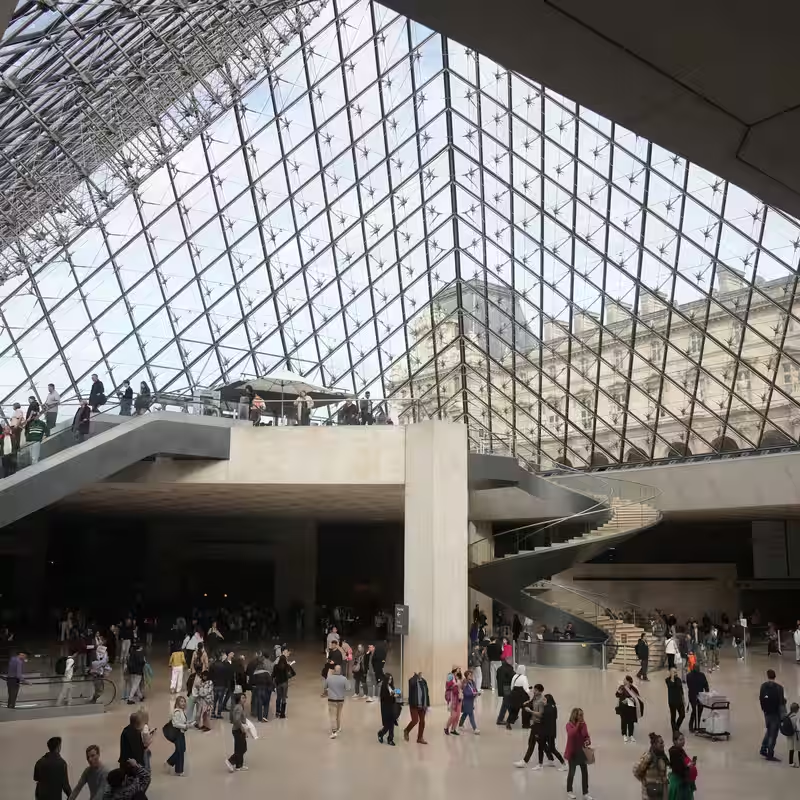Louvre Heist: Why $100M Jewels Had No Insurance
In a brazen daylight robbery that has stunned the art world, thieves made off with eight irreplaceable pieces of the French Crown Jewels from the Louvre Museum on October 19, 2025. Valued at a staggering €88 million (over $100 million), the stolen treasures represent a catastrophic cultural loss. But in a twist that’s left many scratching their heads, the museum won’t be receiving a single euro in insurance compensation .
The Heist: A Scene from a Movie
Disguised as construction workers, the thieves executed a meticulously planned operation in the Galerie d’Apollon, the very room that houses the Crown Jewels. Their target was precise, their escape swift. In a matter of minutes, they vanished with a piece of France’s royal history .
The $100 Million Question: Where’s the Insurance?
The most baffling aspect of this crime isn’t just the audacity of the theft, but the financial vulnerability it exposed. The simple, shocking answer is that the jewels weren’t covered by a private insurance policy .
This is not an oversight or a budget cut. It’s standard practice for France’s national museums. The French state, as the owner of these national treasures, acts as its own insurer—a practice known as self-insurance . This means the government assumes the full financial risk of loss or damage.
Why Would a Country Self-Insure Its Crown Jewels?
At first glance, forgoing a private policy for a $100 million asset seems reckless. However, the rationale is more complex:
- Prohibitive Premiums: The cost of insuring items of such immense and unique value would be astronomically high. Private insurers would demand premiums that could run into millions of dollars annually for a single collection.
- “Priceless” is a Problem: How do you place a market value on a piece of history? The true worth of the Crown Jewels is cultural and historical, far exceeding any monetary figure. This makes them nearly impossible to insure on a traditional market.
- State as Ultimate Guarantor: The logic is that the nation itself is the ultimate protector and financial backstop for its own heritage. The cost of a loss is absorbed as a national tragedy, not a financial claim .
The Global Museum Dilemma
France is not alone. Many of the world’s most prestigious institutions, including the British Museum and the Hermitage, often rely on a mix of self-insurance, state backing, and limited private coverage for their most valuable pieces. The primary focus is on prevention—sophisticated security systems, armed guards, and impenetrable display cases—rather than financial recovery .
For the Louvre, this strategy has now been proven vulnerable. The heist has sparked a fierce debate in France about whether this centuries-old approach to safeguarding national heritage is still fit for the modern age of highly organized, professional art theft.
What’s Next for the Stolen Jewels?
Recovery is the top priority. Experts believe the thieves may have been commissioned by a private collector, making it unlikely the jewels will appear on the open market. Their unique nature makes them almost impossible to sell without being traced. International police agencies, including Interpol, have launched a massive investigation.
For now, the empty display cases in the Galerie d’Apollon stand as a stark reminder of a security breach and a financial gamble that has cost France a piece of its soul.




